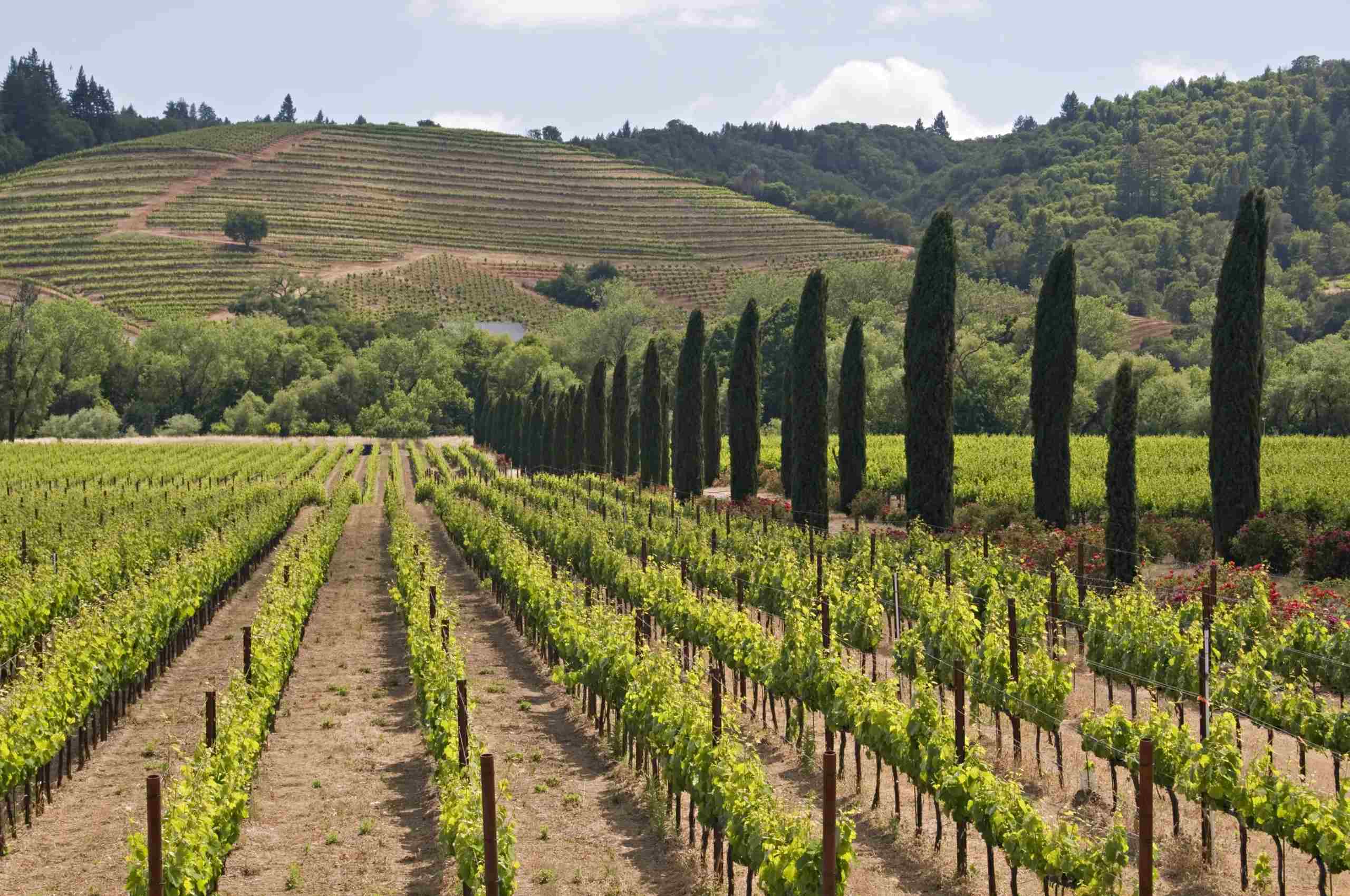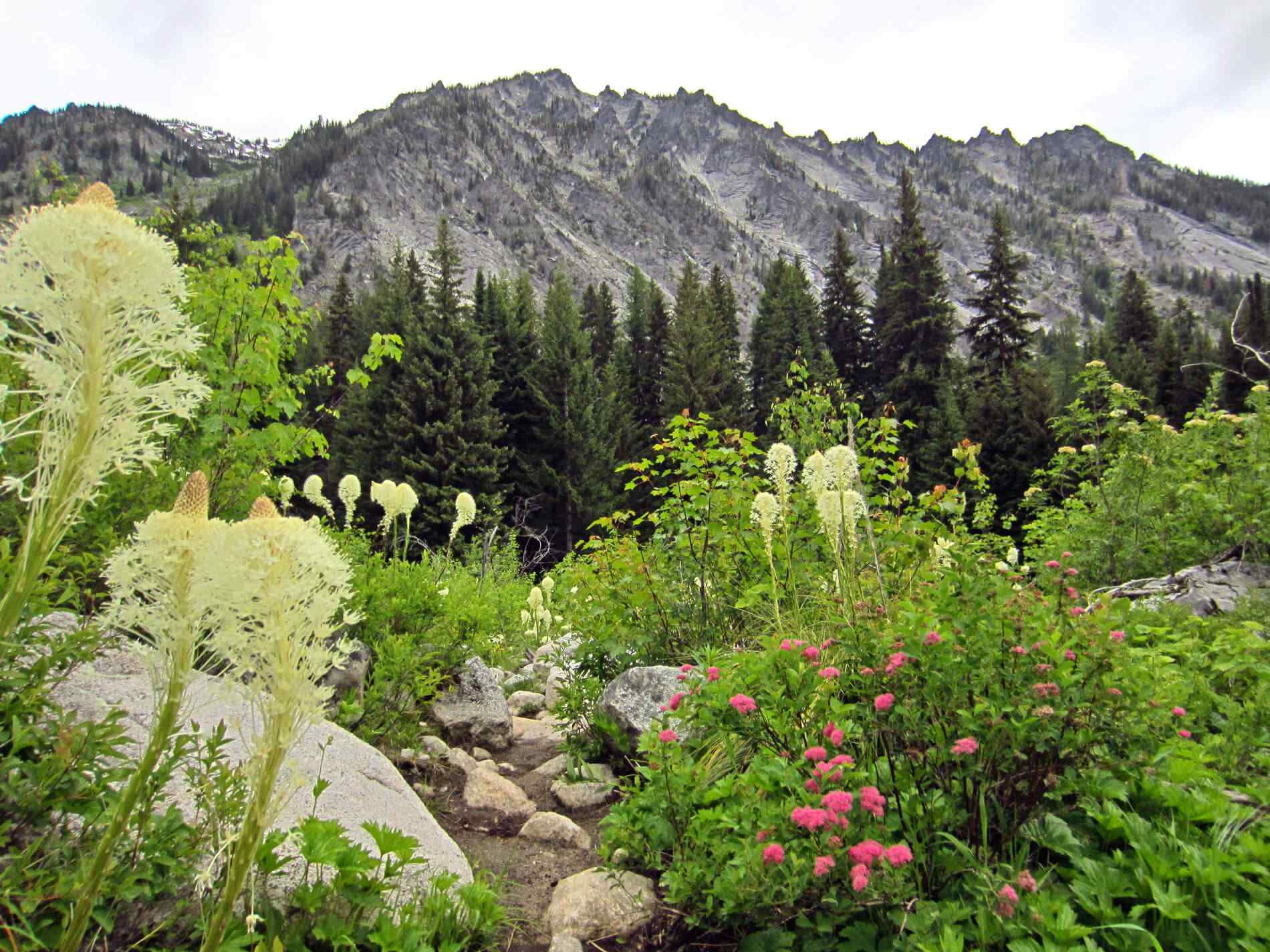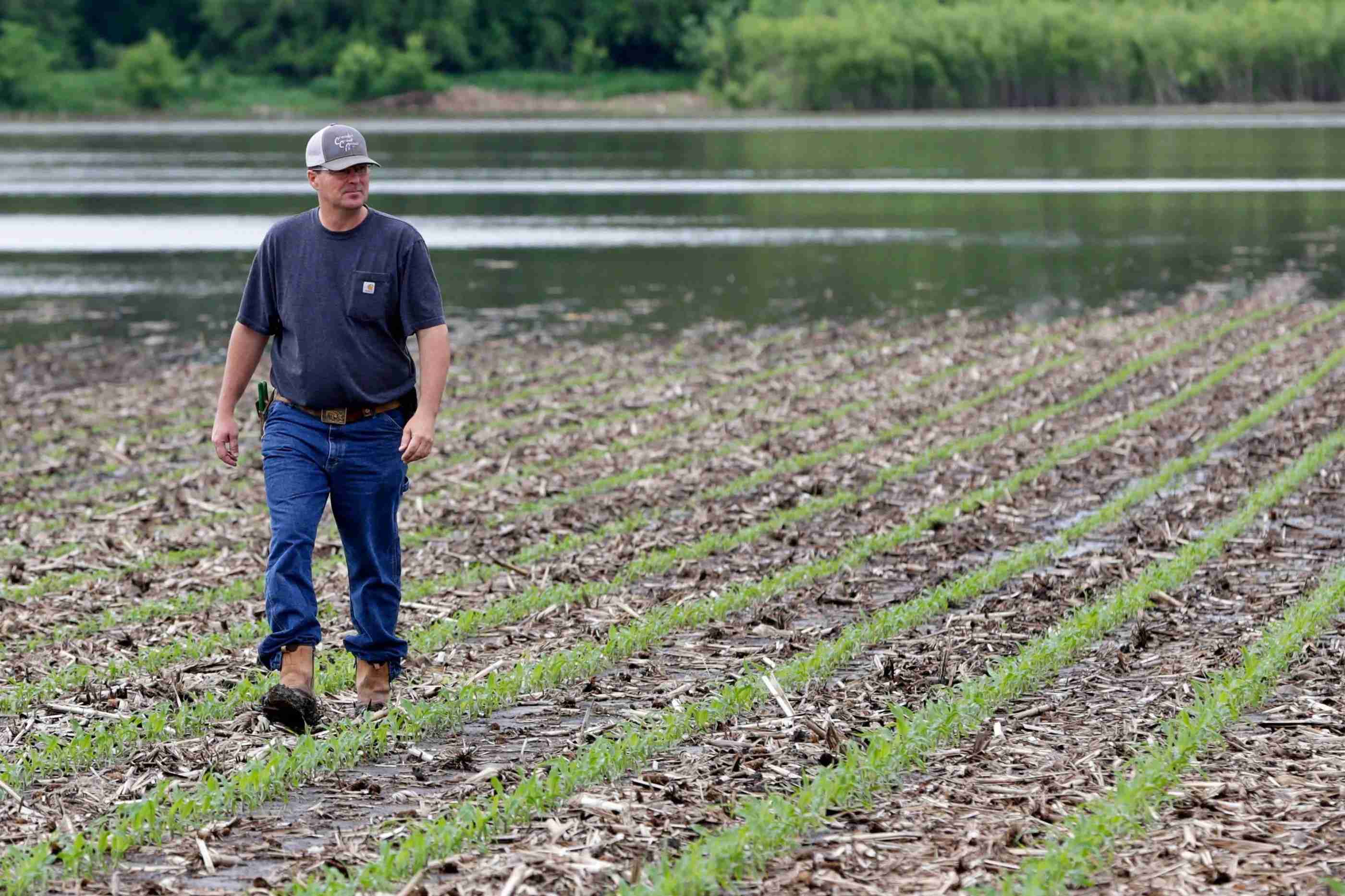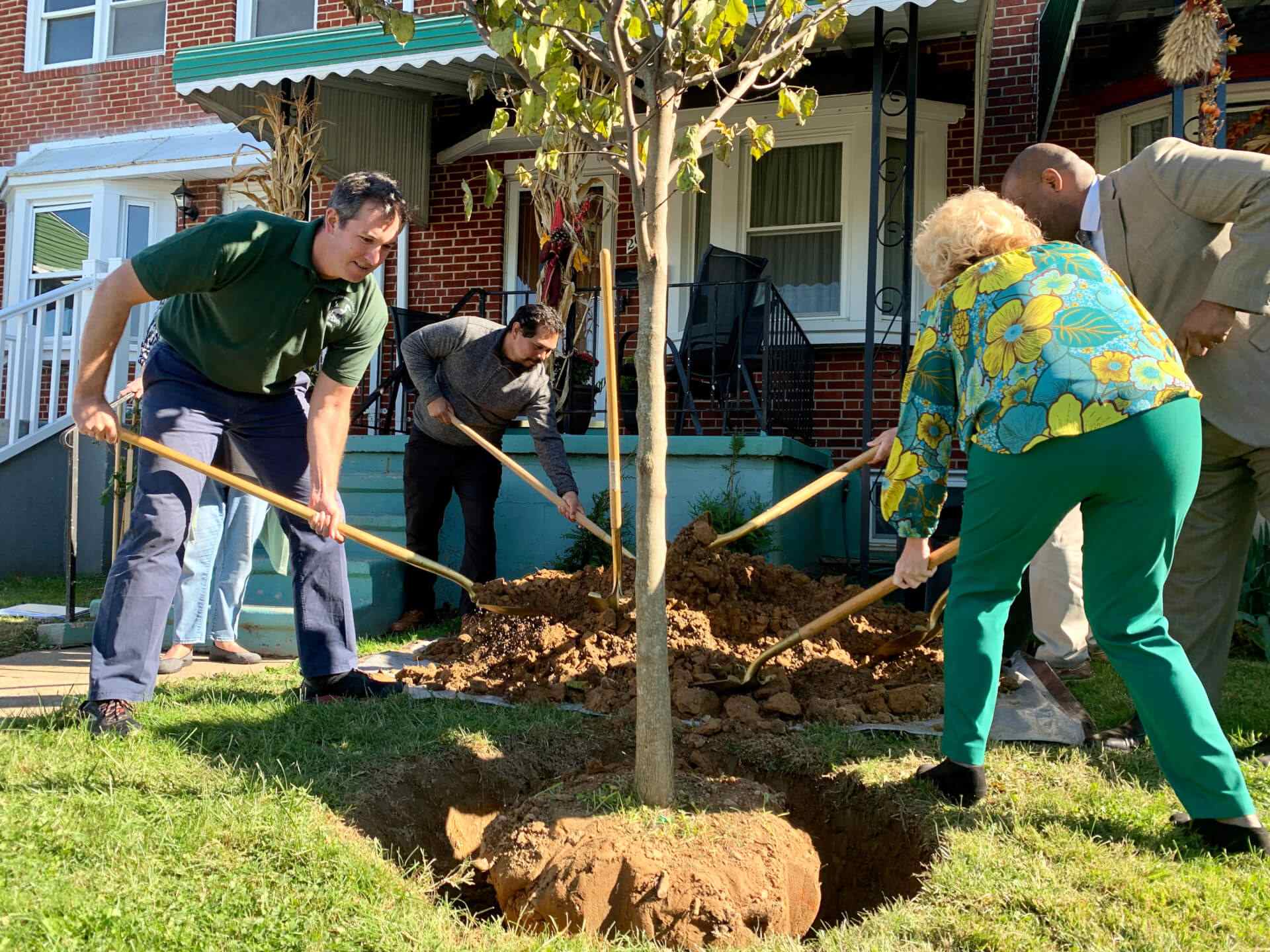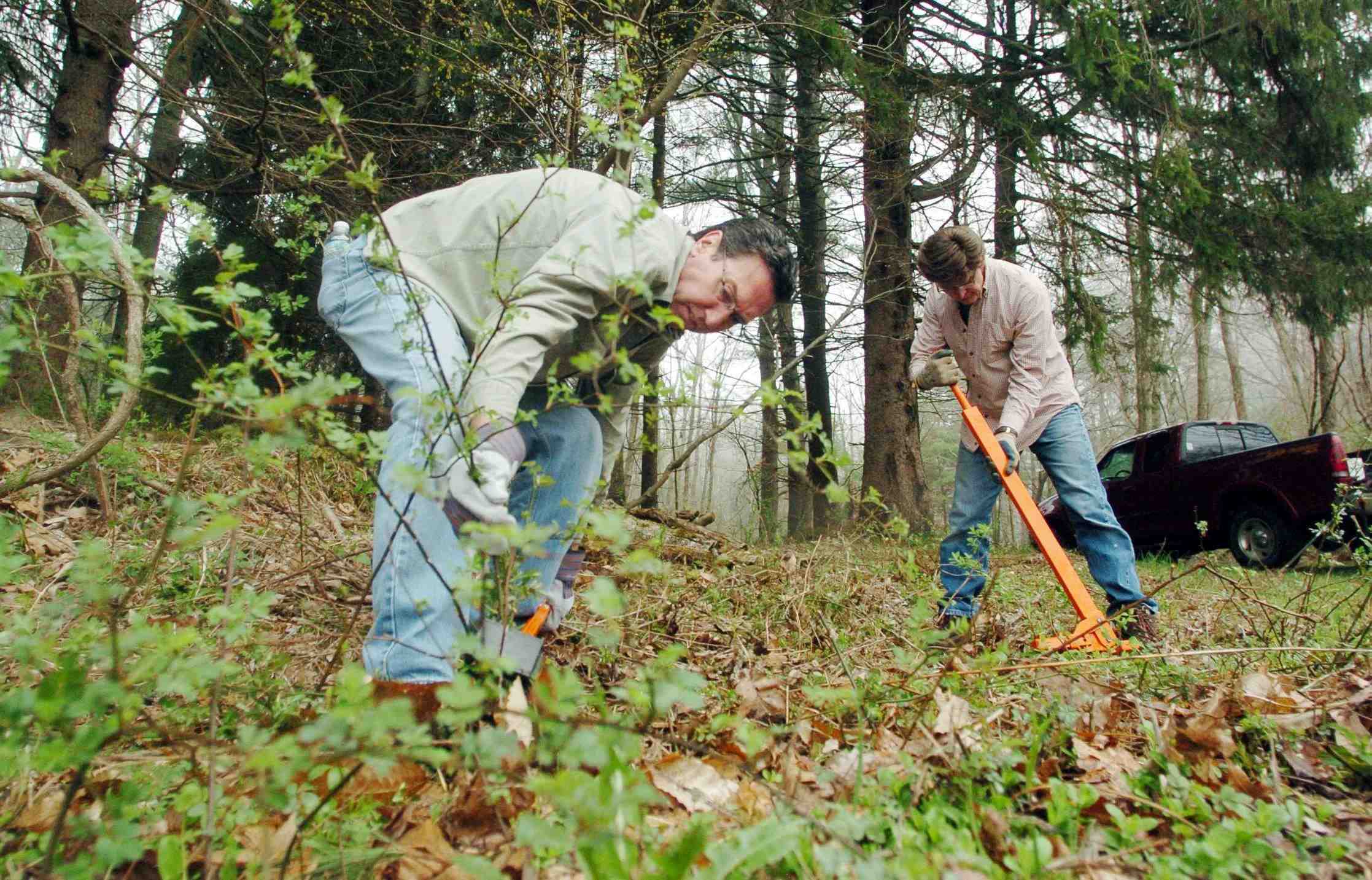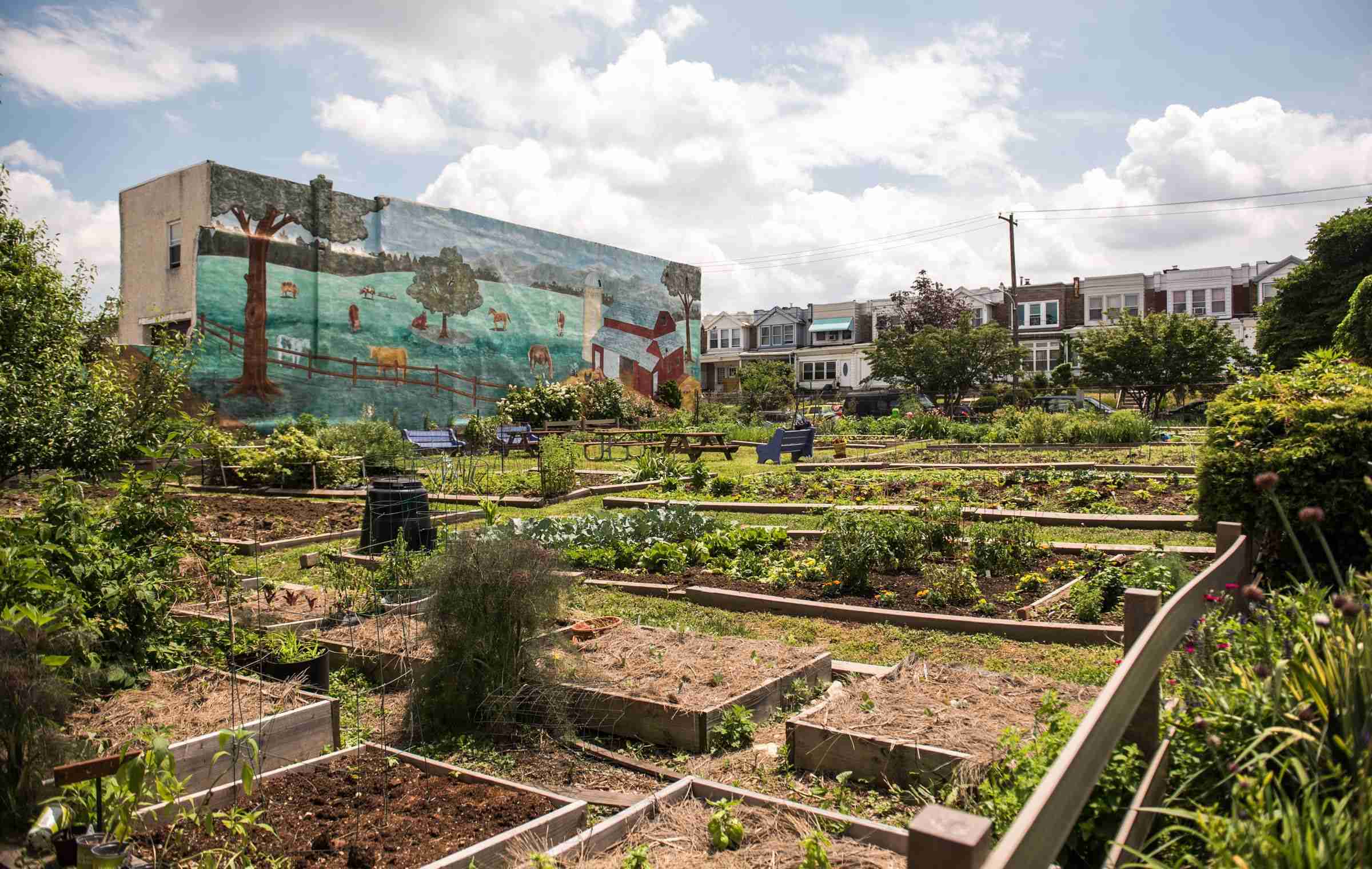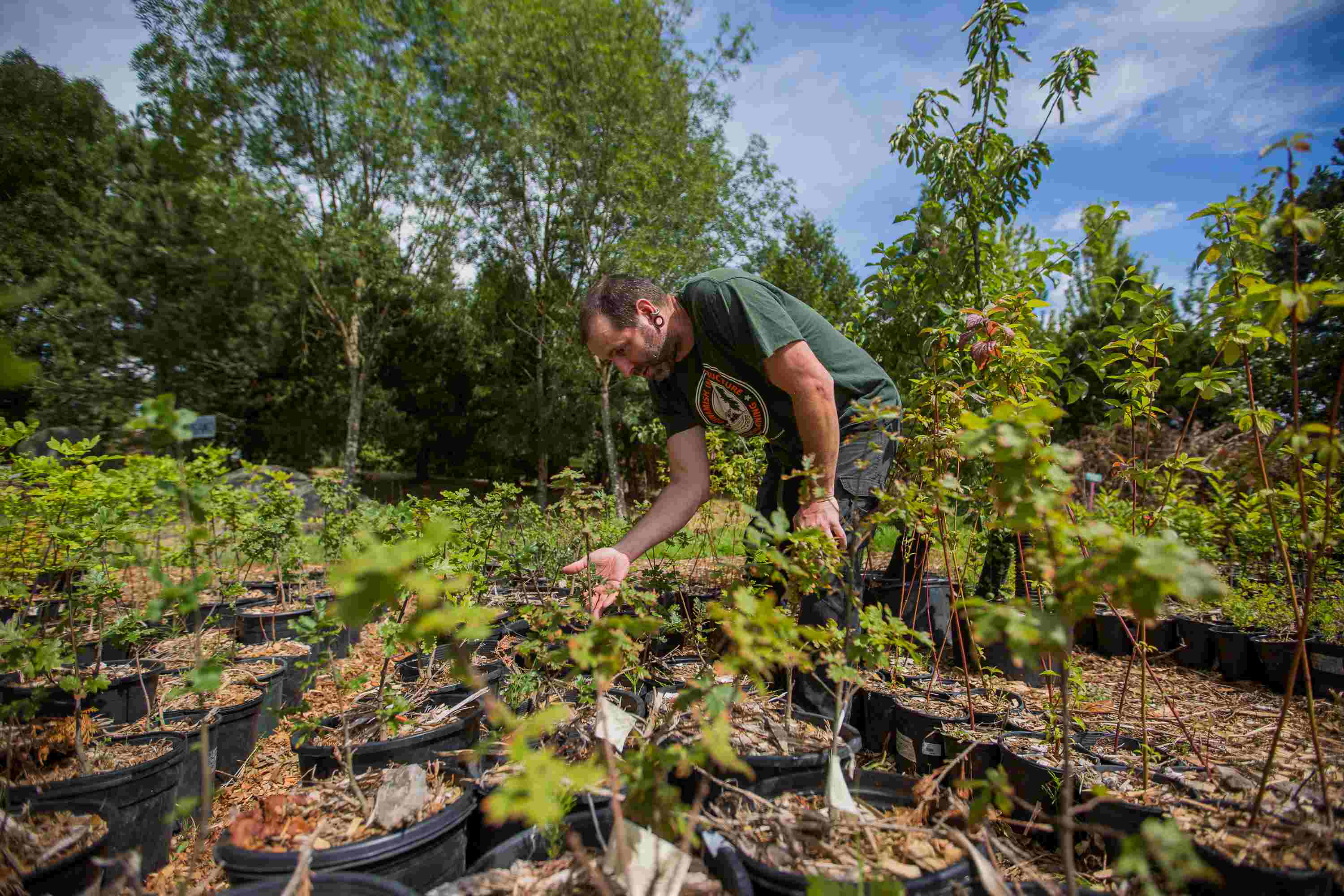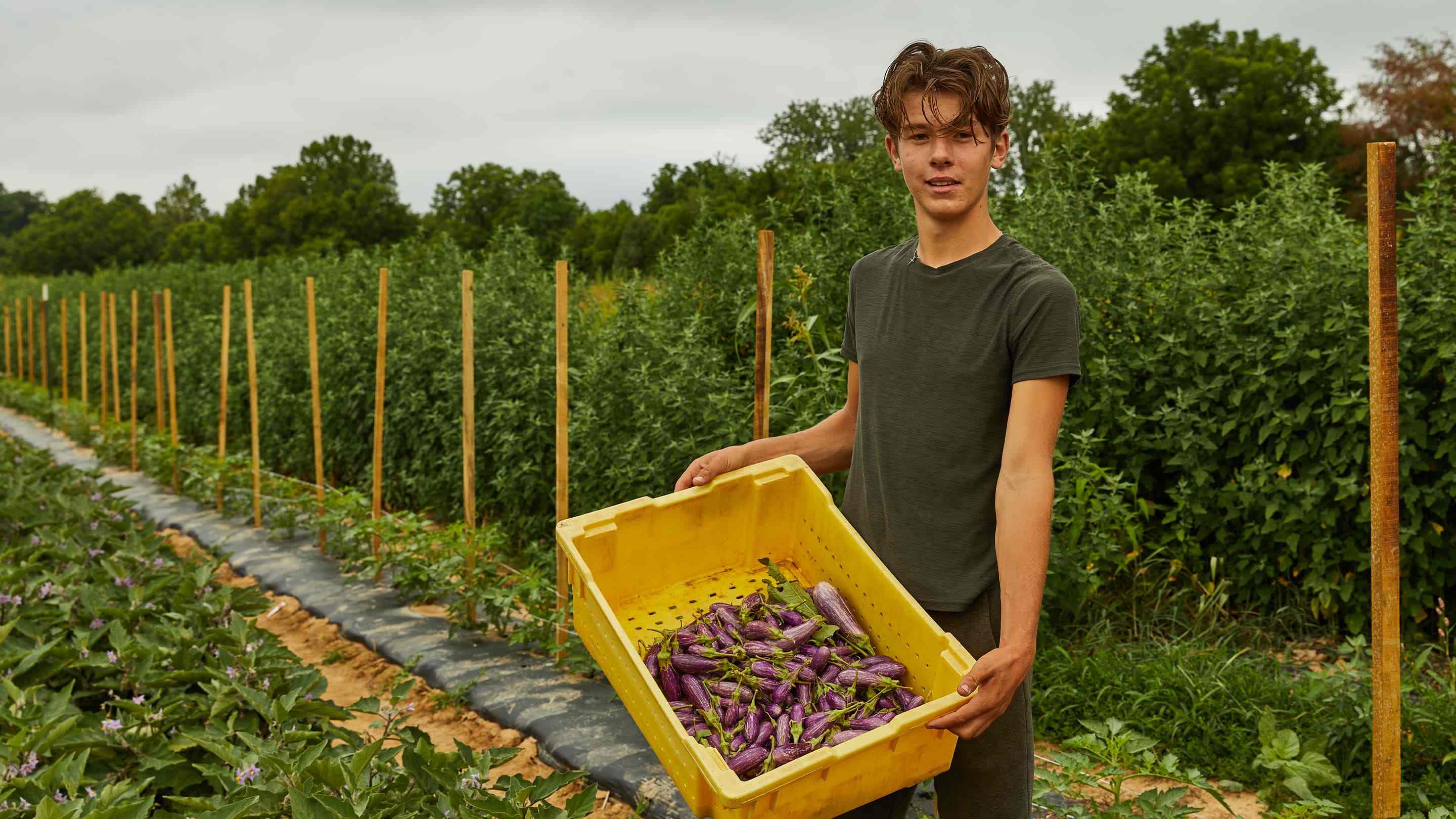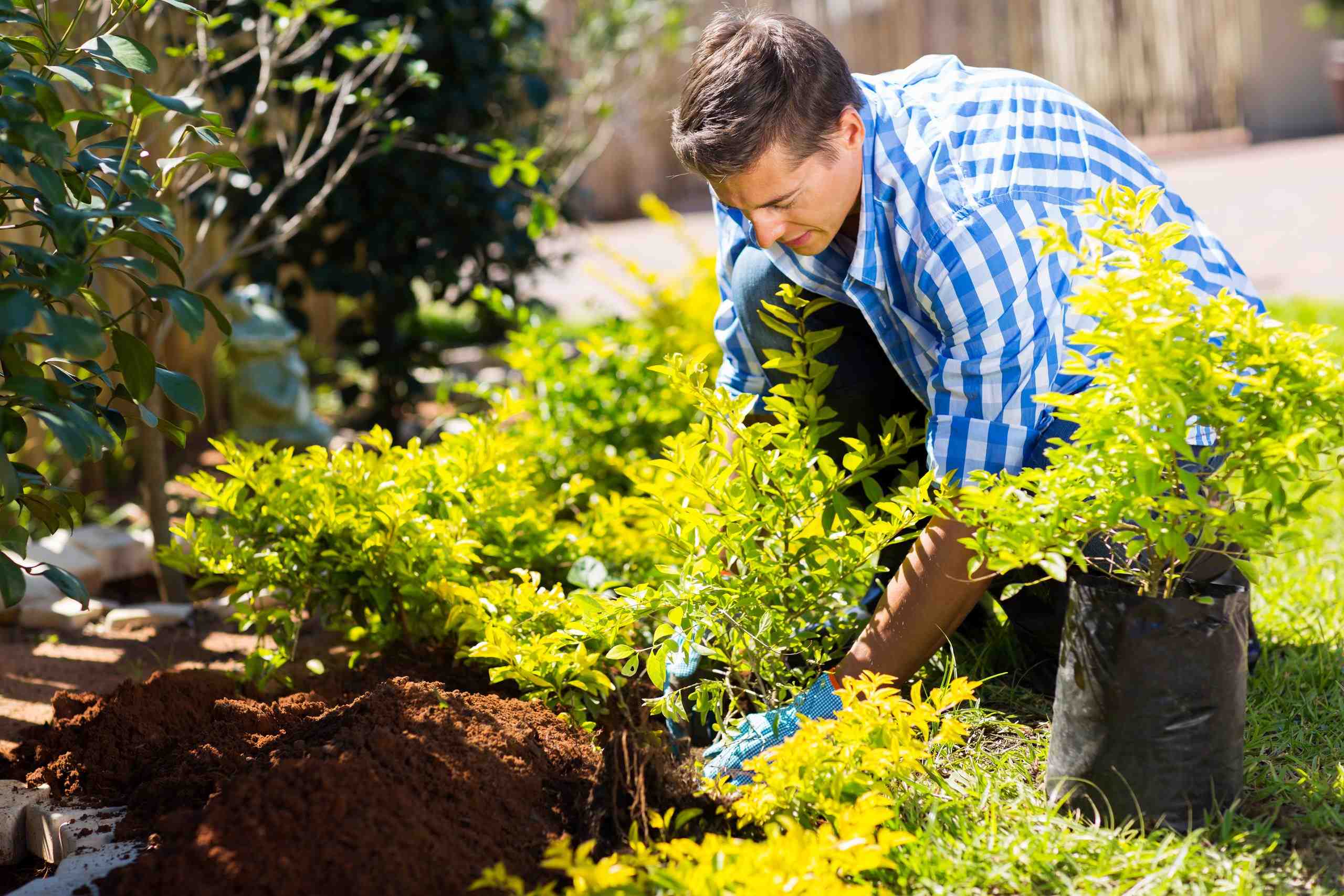Home>Gardening Basics>Understanding Soil>What Planting Zone Is Upstate NY
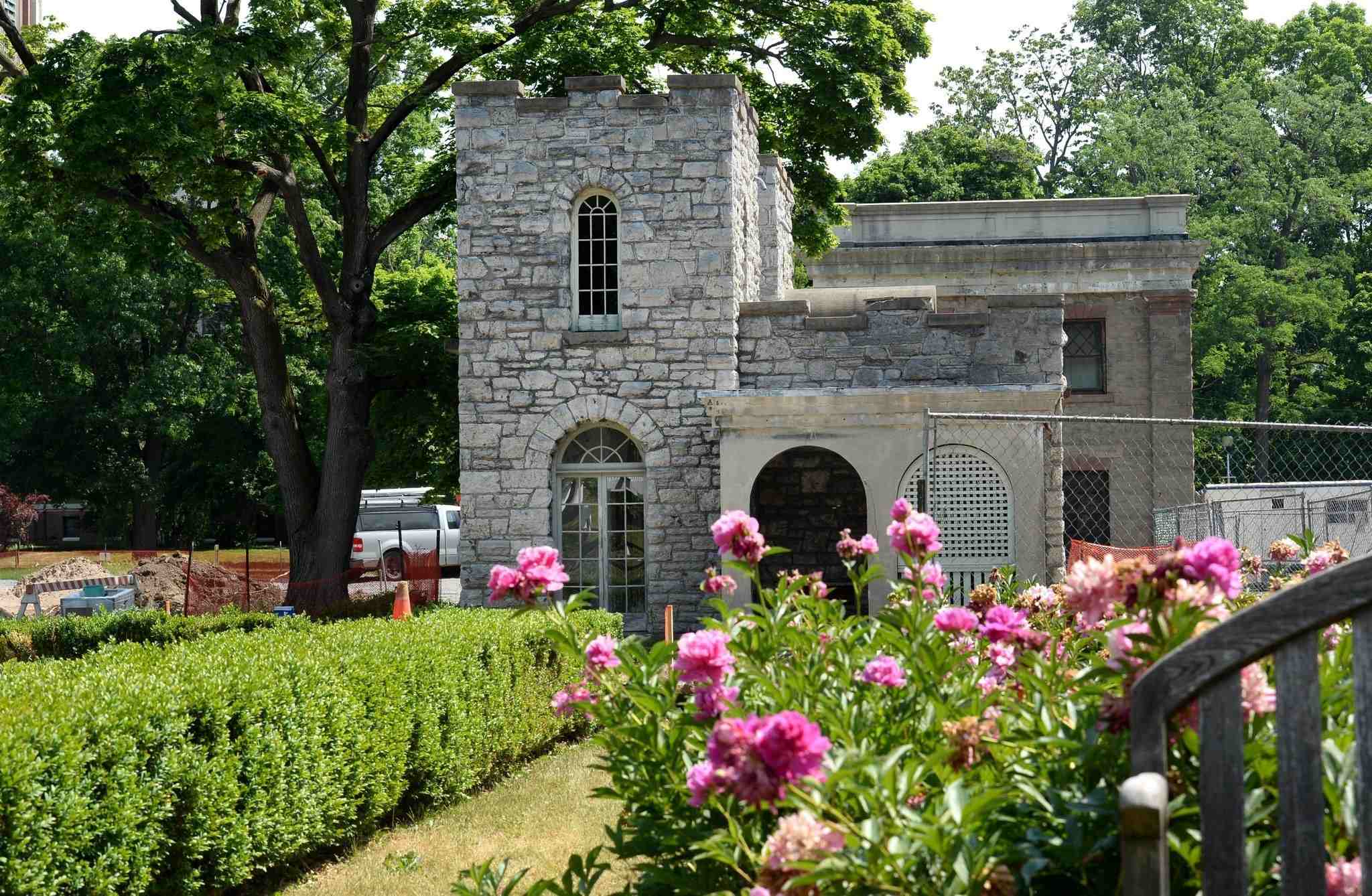

Understanding Soil
What Planting Zone Is Upstate NY
Modified: January 22, 2024
Discover what planting zone Upstate NY falls under and gain a better understanding of soil for successful gardening.
(Many of the links in this article redirect to a specific reviewed product. Your purchase of these products through affiliate links helps to generate commission for Chicagolandgardening.com, at no extra cost. Learn more)
Table of Contents
Introduction
Upstate New York, renowned for its pristine landscapes and rich agricultural heritage, offers a unique opportunity for gardening enthusiasts. However, before embarking on any planting venture, it is crucial to understand the concept of planting zones and their importance in determining which plants thrive in a specific region. By familiarizing yourself with the planting zone classification for Upstate NY, you can ensure that your garden is filled with vibrant and healthy plants that will flourish in your local climate.
Planting zones, also known as hardiness zones, are a systematic way of categorizing regions based on their average minimum winter temperatures. The United States Department of Agriculture (USDA) developed these zones to assist gardeners in selecting plants that can withstand the conditions of their specific area. The higher the number assigned to a zone, the milder the winters tend to be in that region, which ultimately determines the types of plants that can thrive.
Planting zone maps provide an overview of the various zones across the country. These maps help gardeners identify the specific zone in which their location falls. By referring to these maps, you can gain valuable insights into the specific climatic conditions and average temperature ranges that dictate plant suitability.
Upstate NY, commonly referred to as the northern part of New York State, encompasses a vast area and multiple counties. It is characterized by diverse terrains, including mountains, valleys, and lakes, which contribute to dramatic variations in climate and growing conditions. Understanding the planting zone for Upstate NY is essential as it allows you to select plant varieties that are well-suited to the unique characteristics of your specific region.
The planting zone for Upstate NY generally falls within zones 4 and 5 on the USDA hardiness zone map. Zone 4 features an average annual minimum temperature range of -20 to -30 degrees Fahrenheit (-28.9 to -34.4 degrees Celsius), while Zone 5 experiences slightly milder winters with minimum temperatures ranging from -10 to -20 degrees Fahrenheit (-23.3 to -28.9 degrees Celsius).
Several factors contribute to the variations in the planting zones across Upstate NY. The region’s proximity to the Great Lakes and the Atlantic Ocean influences temperature moderation and precipitation levels. The elevation also plays a significant role in determining the local microclimates, resulting in colder temperatures and shorter growing seasons in higher elevations.
Understanding Planting Zones
Planting zones, also known as hardiness zones, are essential tools for gardeners, providing valuable guidance in selecting suitable plants for specific regions. These zones are determined based on the average minimum winter temperatures of an area, helping gardeners understand the climatic conditions necessary for optimal plant growth and survival.
The United States Department of Agriculture (USDA) developed the widely-used USDA hardiness zone map, which divides the country into multiple zones. Each zone is designated by a number, ranging from 1 to 13, representing specific temperature ranges. The higher the zone number, the more temperate the region’s climate.
Planting zones are crucial because they help gardeners determine which plants can withstand the lowest temperatures typical of their area. This information is instrumental in avoiding the loss and damage of tender plants due to extreme cold. By selecting plants that can thrive within a specific zone’s temperature range, gardeners increase the likelihood of successful plant growth and overall garden health.
It’s important to note that planting zones are not the sole factor in plant selection. Other factors such as soil type, sunlight exposure, and humidity levels also influence a plant’s ability to grow in a specific area. However, understanding the planting zones provides a useful starting point for selecting appropriate plants.
Additionally, planting zones are not static and can change over time. The USDA periodically updates the hardiness zone map based on new climate data and observations. As climate patterns shift, certain regions may experience changes in their planting zones, necessitating adjustments in plant selection and gardening practices.
An important aspect of understanding planting zones is recognizing the microclimates within a region. Microclimates refer to localized areas with unique environmental conditions that differ from the broader zone classification. Factors such as topography, elevation, proximity to water bodies, and urban heat island effects can result in microclimates within a planting zone. For example, a sheltered valley may experience milder winters compared to surrounding areas due to the trapping of warm air. This knowledge allows gardeners to take advantage of these microclimates and cultivate a wider range of plant species, expanding the possibilities for successful gardening.
To make use of the planting zone information, gardeners should consult the USDA hardiness zone map, which provides a visual representation of the zones across the country. By identifying the specific planting zone of their location, gardeners can make informed decisions about plant selection and create thriving gardens that are well-adapted to their local climate conditions.
Planting Zone Maps
Planting zone maps are valuable resources that provide gardeners with a visual representation of the various hardiness zones across the country. These maps are essential tools for determining the appropriate plants to grow in a specific region based on its average minimum winter temperatures.
The most widely used and recognized planting zone map is the USDA hardiness zone map. It divides the United States into thirteen zones, each designated by a number, and subdivides each zone into ‘a’ and ‘b’ based on 5-degree Fahrenheit increments.
The USDA hardiness zone map takes into account historical weather data, including the average annual minimum temperature for each region. By referencing the map, gardeners can identify their location’s specific hardiness zone, allowing them to select plants that are capable of withstanding the cold temperatures typical of their area.
The map uses a color-coded system to represent the different zones, making it easy for gardeners to determine their specific zone. The zones range from Zone 1, which represents the coldest regions with minimum temperatures below -50 degrees Fahrenheit (-45.6 degrees Celsius), to Zone 13, which represents the warmest regions with minimum temperatures above 60 degrees Fahrenheit (15.6 degrees Celsius).
Planting zone maps are not only useful for determining the suitability of plants based on temperature ranges, but they also provide other valuable insights. They can serve as guides in understanding the general climate patterns and growing conditions in a particular area. For example, some zones may indicate areas of high rainfall or areas prone to drought, helping gardeners make informed decisions about watering and irrigation practices.
It is important to remember that planting zone maps are not infallible. They serve as general guidelines and should be used in conjunction with other factors specific to a garden site, such as microclimates, soil conditions, and sunlight exposure. Microclimates, which are small-scale variations in climate within a region, can greatly impact growing conditions and may create exceptions within a larger planting zone.
Gardeners should consult the USDA hardiness zone map and other localized resources to ensure accurate and up-to-date information for their specific region. It is advisable to seek guidance from local extension services or experienced gardeners familiar with the area, as they can provide valuable insights regarding specific planting recommendations and considerations.
By utilizing planting zone maps, gardeners can make informed decisions about plant selection and create gardens that are well-suited to their local climate and environmental conditions. Understanding the planting zones in your area is the first step towards successful gardening and ensuring healthy, thriving plants in your garden.
Definition of Upstate NY
Upstate NY is a term commonly used to refer to the northern region of New York state, distinct from the more densely populated and urbanized New York City metropolitan area. While the definition of Upstate NY may vary depending on who you ask, it generally refers to the counties and areas that lie outside of the New York City metropolitan area.
Geographically, Upstate NY includes a large portion of the state, extending northward from the outskirts of New York City to the Canadian border. It is characterized by its diverse and picturesque landscapes, including rolling hills, mountains, forests, and numerous lakes and rivers.
One of the primary distinctions between Upstate NY and other regions of the state is its more rural and less densely populated nature. While there are cities and urban centers within Upstate NY, such as Albany, Rochester, Buffalo, and Syracuse, the population density is generally lower compared to the New York City area. Upstate NY is known for its small towns, villages, and agricultural communities.
Culturally, Upstate NY has a distinct identity that sets it apart from both New York City and other regions of the state. The region is often associated with a more laid-back and slower-paced lifestyle, where residents enjoy the abundance of outdoor recreational activities, embrace a close-knit community spirit, and take pride in their natural surroundings.
Upstate NY is also renowned for its rich historical heritage. From the Erie Canal and the Hudson River to the scenic Finger Lakes wine region and the Adirondack Mountains, the region offers a wealth of historical sites, attractions, and natural wonders that attract tourists from all over the world.
It is important to note that the exact borders of Upstate NY may be subjective and vary depending on the context. Some sources may consider counties as far south as Westchester and Rockland as part of Upstate NY, while others may include only the counties bordering Canada. Ultimately, the definition of Upstate NY is open to interpretation and may vary depending on the perspective of the individual or organization using the term.
Overall, Upstate NY is a unique and distinct region of New York state, characterized by its stunning landscapes, rural communities, and vibrant cultural heritage. Understanding the definition and context of Upstate NY is essential for those seeking to explore and appreciate the beauty and charm this region has to offer.
Planting Zone for Upstate NY
The planting zone for Upstate NY generally falls within zones 4 and 5 on the USDA hardiness zone map. This means that Upstate NY experiences cold winters with average annual minimum temperatures ranging from -20 to -30 degrees Fahrenheit (-28.9 to -34.4 degrees Celsius) in zone 4, and -10 to -20 degrees Fahrenheit (-23.3 to -28.9 degrees Celsius) in zone 5.
The specific planting zone within Upstate NY can vary depending on factors such as elevation, proximity to large bodies of water, and local microclimates. The region’s diverse terrain, including mountains, valleys, and lakes, contributes to variations in climate and growing conditions.
For example, areas closer to the Great Lakes, such as Rochester and Buffalo, tend to have milder winters due to the temperature-moderating effect of the lakes. This results in slightly higher planting zones, with parts of these areas falling within zone 5. On the other hand, higher elevations and more mountainous regions, such as the Adirondacks, may experience colder temperatures and have planting zones that lean more towards zone 4.
It is important to consider the specific planting zone within Upstate NY when selecting plants for your garden. Choosing plants that are suitable for your zone helps ensure their ability to withstand the cold temperatures and thrive in the local climate conditions.
When planning your garden in Upstate NY, it is also essential to consider the length of the growing season. Upstate NY generally has a shorter growing season compared to milder regions, which means that some plants may require an early start indoors or protection from late spring frosts.
Consulting the USDA hardiness zone map and additional resources specific to Upstate NY can provide detailed information on the specific planting zones within the region. Local gardening and agricultural extension services can also offer guidance on selecting plant varieties that are best suited to the particular conditions in Upstate NY.
By understanding the planting zone for Upstate NY and considering the specific climatic conditions of your area, you can make informed choices when it comes to plant selection and create a thriving garden that can withstand the challenges posed by the region’s colder winters and shorter growing season.
Factors Affecting Planting Zones in Upstate NY
Several factors contribute to the variations in planting zones across Upstate NY, impacting the specific climatic conditions that plants encounter in different regions. Understanding these factors is essential for successful gardening in this diverse and dynamic area.
1. Proximity to Great Lakes and Other Bodies of Water: Upstate NY is distinguished by its proximity to large bodies of water, such as the Great Lakes and Lake Champlain. These bodies of water can have a significant influence on the local climate. They act as heat sinks, moderating temperatures, and preventing extreme temperature fluctuations. Areas closer to the Great Lakes generally experience milder winters and have slightly higher planting zones compared to inland regions.
2. Elevation: Upstate NY features diverse terrains, including mountains and valleys. Elevation plays a crucial role in determining the temperature and climate variations within the region. Higher elevations tend to have colder temperatures and shorter growing seasons, resulting in lower planting zones. Conversely, lower-lying areas and valleys may have milder climates, which can impact the planting zone classification.
3. Microclimates: Upstate NY is characterized by microclimates, which are localized climate conditions that differ from the broader zone classification. Factors such as topography, proximity to bodies of water, and urban heat island effects can create microclimates within a given area. For example, sheltered valleys or urban areas may experience milder temperatures compared to surrounding regions, influencing plant growth and the viability of specific plant species.
4. Arctic Air Masses: During the winter months, Upstate NY can be susceptible to incursions of cold Arctic air masses. These cold air masses can cause sudden drops in temperatures, affecting the viability of certain plants. Gardeners must be aware of these recurrent patterns and select plants capable of withstanding severe cold snaps to ensure successful gardening.
5. Precipitation Levels: Upstate NY experiences varying precipitation levels throughout the year. The proximity to the Great Lakes and the presence of mountainous regions affect rainfall patterns. Areas closer to the Great Lakes may receive more precipitation, while regions located in the “snowbelt” area downwind from the lakes may experience heavier snowfall. Understanding the precipitation patterns in your specific location is crucial in selecting plants that can tolerate the moisture levels typical of your area.
By considering these factors, gardeners in Upstate NY can effectively navigate the variations in planting zones and select plants that are well-suited to their unique local climate conditions. Consulting local gardening resources and seeking guidance from experts familiar with the region can provide valuable insights into the specific factors influencing planting zones in your area.
Common Plants for Upstate NY Planting Zone
Gardening enthusiasts in Upstate NY have a wide range of plant options that are well-suited to the region’s planting zone. By selecting plants adapted to the specific climate and growing conditions, gardeners can create beautiful and thriving gardens. Here are some common plants that thrive in Upstate NY:
1. Perennials: Perennial plants are a popular choice for Upstate NY gardens due to their ability to survive and come back year after year. Common perennials for this region include daylilies, coneflowers, black-eyed Susans, hostas, phlox, and astilbes. These plants offer a wide variety of colors, textures, and heights, providing visual interest throughout the growing season.
2. Shrubs and Trees: Upstate NY is home to a diverse range of shrubs and trees that can enhance the landscape with their beauty and contribute to the overall ecosystem. Popular shrubs include hydrangeas, lilacs, viburnums, and arborvitae. For trees, options like maple, oak, evergreen, and fruit trees like apple, cherry, and peach are common choices that thrive in the region’s climate.
3. Vegetables and Herbs: Upstate NY gardeners can enjoy a bountiful harvest of vegetables and herbs. Cold-hardy vegetables such as kale, lettuce, spinach, peas, and carrots are suitable for the region’s planting zone. Additionally, herbs like thyme, rosemary, sage, and chives can be grown in the garden to enhance culinary creations.
4. Native Plants: Including native plants in your Upstate NY garden not only benefits the local ecosystem, but also ensures that the plants are well-adapted to the regional climate. Native wildflowers like goldenrod, butterfly weed, columbine, and bee balm attract pollinators and provide habitat for local wildlife.
5. Ornamental Grasses: Ornamental grasses add texture and movement to a garden while being well-suited to the climate of Upstate NY. Varieties such as feather reed grass, switchgrass, and maiden grass can thrive in the region and provide year-round interest.
6. Climbing Vines: Climbing vines can add height and vertical interest to gardens in Upstate NY. Popular options include clematis, climbing roses, trumpet vine, and Virginia creeper. These vines can cover unsightly fences or add charm to trellises and arbors.
7. Berries: Upstate NY is known for its delicious berries that can be grown in home gardens. Strawberries, raspberries, blackberries, and blueberries are all suitable for the region’s planting zone and can provide a sweet and tangy harvest.
It is important to note that while these plants generally thrive in Upstate NY, individual site conditions, such as sun exposure and soil type, can impact their success. Considering the specific needs of each plant and the unique conditions of your garden will contribute to a successful and thriving landscape.
Consulting local gardening resources, nurseries, and experienced gardeners in the region can provide valuable insights and recommendations for selecting plants that are well-adapted to Upstate NY’s planting zone and specific microclimates.
Conclusion
Understanding planting zones is essential for successful gardening in Upstate NY. By recognizing the specific planting zone and considering the variations caused by factors such as proximity to water bodies, elevation, and microclimates, gardeners can select plants that are well-suited to the region’s climate and growing conditions.
The USDA hardiness zone map provides valuable information on the average minimum winter temperatures and helps gardeners identify their specific planting zone. This allows for informed decisions when selecting plants that can thrive and withstand the challenges posed by colder winters and shorter growing seasons in Upstate NY.
Upstate NY offers a diverse range of plant options, including perennials, shrubs, trees, vegetables, herbs, native plants, ornamental grasses, climbing vines, and berries. By selecting plants that are adapted to the region’s planting zone and considering individual site conditions, gardeners can create beautiful and thriving gardens that enhance the natural beauty of the region.
Consulting local resources, such as gardening organizations and nurseries, can provide valuable insights specific to Upstate NY’s planting zone. These resources can provide recommendations and advice on plant selection, gardening techniques, and considerations for the unique conditions of the area.
Embarking on a gardening endeavor in Upstate NY is a rewarding experience that allows you to connect with nature and create a vibrant and sustainable outdoor space. By understanding the planting zone, considering the factors that influence it, and selecting appropriate plants, you can cultivate a garden that thrives and brings joy throughout the seasons.
